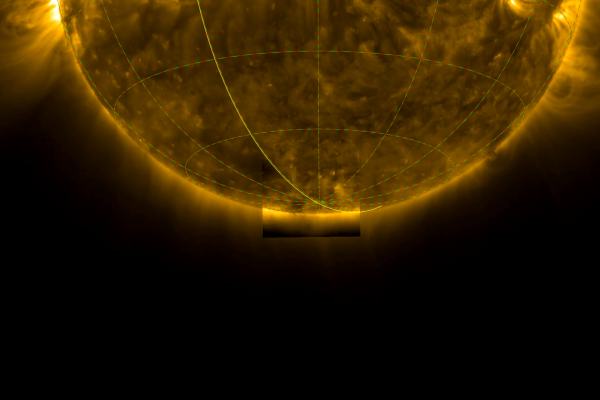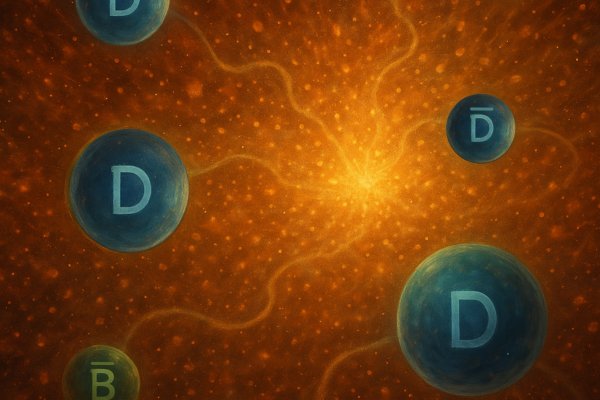Two astronomers, Tsvi Piran of the Hebrew University of Jerusalem and Raul Jimenez of the University of Barcelona, argue that some regions of the galaxy are less friendly to life than others. Their interest in gamma-ray bursts (GRBs), which are the most energetic phenomena yet discovered in the universe, has lead them to analyze how this powerful events could affect the chances of developing life in Earth-like planets. The idea is that a GRB occuring nearby (nearby, in this context, means within about 10,000 light-years) to an Earth-like planet, can wreck its biosphere.
The pattern of GRBs shows that they have got rarer over the course of time an also that they are more likely to happen around the center of the Galaxy. The studies show that GRBs would be common enough so that a planet, almost anywhere in the galaxy, would have suffered from at least one in the past billion years. They estimate that even now, only 10% of the universe’s galaxies would host sufficiently few GRBs to give the evolution of complex life a fair run.



